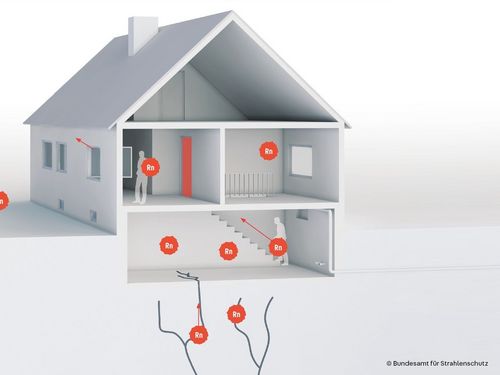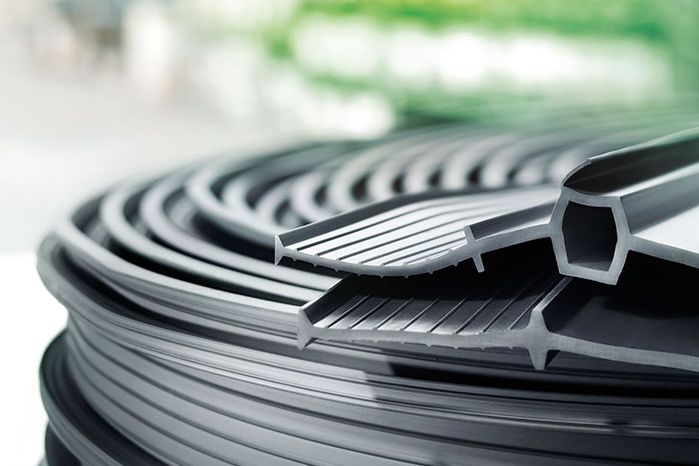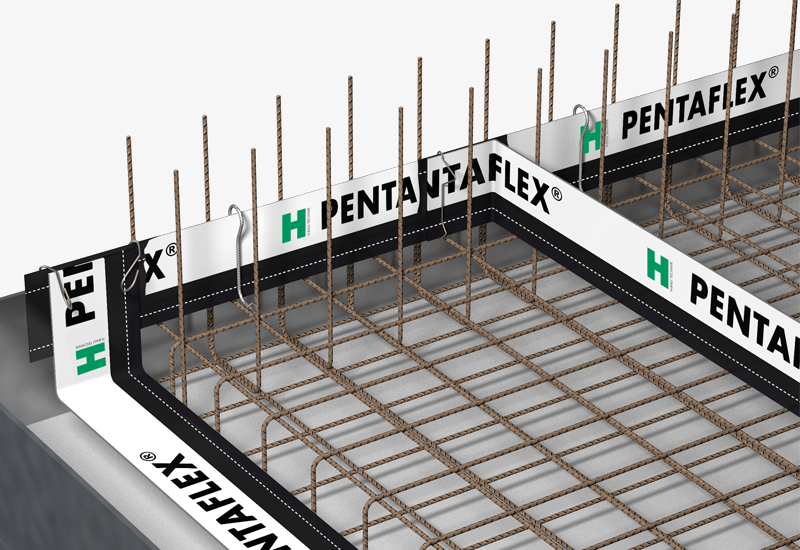As early as the Middle Ages, a mysterious lung disease was rampant among miners in the region around the town of Schneeberg in the Ore Mountains: the so-called Schneeberg disease. Even at a young age, miners suffered from coughing, bloody sputum, and shortness of breath. It was not until the beginning of the 20th century that the cause of this particular form of lung cancer could be pinpointed: The miners had inhaled radioactive dust and gas - radon.
Radon? Never heard of it!
The radioactive natural gas is formed by the natural decay of uranium, which occurs regionally more or less in the depths of the earth. Even today, radon penetrates to the surface through cracks in the rock and also gets into cellars and interiors via inadequately sealed buildings, for example through joints between cellar walls and foundations or via cable shafts, pipelines, and cracks in walls. Radon decays into the radioactive by-products of polonium, bismuth, and lead, which attach themselves to the finest particles in the air and are inhaled. In the lungs, these in turn decay - the alpha radiation emitted in the process damages the tissue and causes bronchial carcinomas.
The unknown danger
According to the Radiation Protection Act, since January 2021 special requirements for protection against radon apply specifically to so-called precautionary areas - severely affected regions such as former mining areas in Saxony and Thuringia with indoor radon concentrations of more than 300 becquerels per cubic meter. But elevated levels can also occur in other areas. Therefore, protection against radon should be considered as a matter of principle when planning new buildings.
Outdoors, radiation exposure from radon is low because the gas disperses quickly. In unventilated rooms, however, especially those close to the earth, it can accumulate strongly: a danger that can neither be seen, smelled nor tasted.
Precaution and retrofit
In new buildings, a so-called white tank made of water-impermeable reinforced concrete protects against both soil moisture and the radioactive gas. With the waterstops and metal waterstops of the PohlCon brand H-BAU Technik, the joints can be sealed accordingly. Their radon tightness has now been confirmed.
In existing buildings, radon concentrations can be determined as an annual average with the help of measuring instruments. At values above 300 becquerels, there is an urgent need for action, but measures to protect against radon should also be taken below this reference value: Ventilation in basements and sealing of doors and pipes to the basement or cracks and joints in the basement are recommended. Extracting radon-containing soil air from under the building is also an option.
You can find an overview of our H-BAU Technik brand waterproofing products here. If you have any further questions on the subject of radon sealing, we will be happy to advise you. Contact your PohlCon contact person.


